Sharing is caring!
Yellow perch are a popular gamefish in their native range in parts of the Midwest and Canada, as well a wider area of North America where they now thrive.
Why not? Perch are incredibly tasty and at times can be caught in huge numbers … if you know what you’re doing.
One of the most important things you’ll need to know to catch lots of fillet-worthy perch is what to put on the hook.
This article reveals dozens of the best baits for perch we know, which at times can result in excellent catches. Some will be obvious, like the ever-effective minnows and worms. Some are a little unusual.
And a few will surprise the heck out of you but can really get the job done.
Many of these bait types can be used all year, whether under the summer sun when you might be fishing deeper water or in the dead of winter while ice fishing.
To put this article together, we consulted with Bill Janowich. Simply put, Janowich has been perfecting his fish-catching techniques longer than I’ve been alive.
“I’ve been perch fishing for over 70 years, so I’ve seen a thing or two,” said Janowich, who lives in Ohio near Lake Erie. His favorite perch bait on that Great Lake is a 2-inch shiner minnow.
“However, there are many other fisheries in the world, and many different methods of catching perch,” he told us. “Sometimes, necessity is the mother of invention.”
We already have a complete guide to yellow perch fishing on this website.
This article complements the fishing guide by going into more depth on the many baits that will have you catching these fish 12 months out of the year, whether you’re fishing them under the blazing summer sun or through the winter ice.
A variety of baits also can be used in conjunction with Janowich’s own perch-fishing kit.
“I have personally used most of these baits myself,” he said. “Live bait is usually more effective than artificial lures.”
To help you keep them all straight, we’ll divide the types of baits into broad categories.
Don’t see your secret bait for catching yellow perch? Send us a comment below.
Table of Contents
Fishy Baits
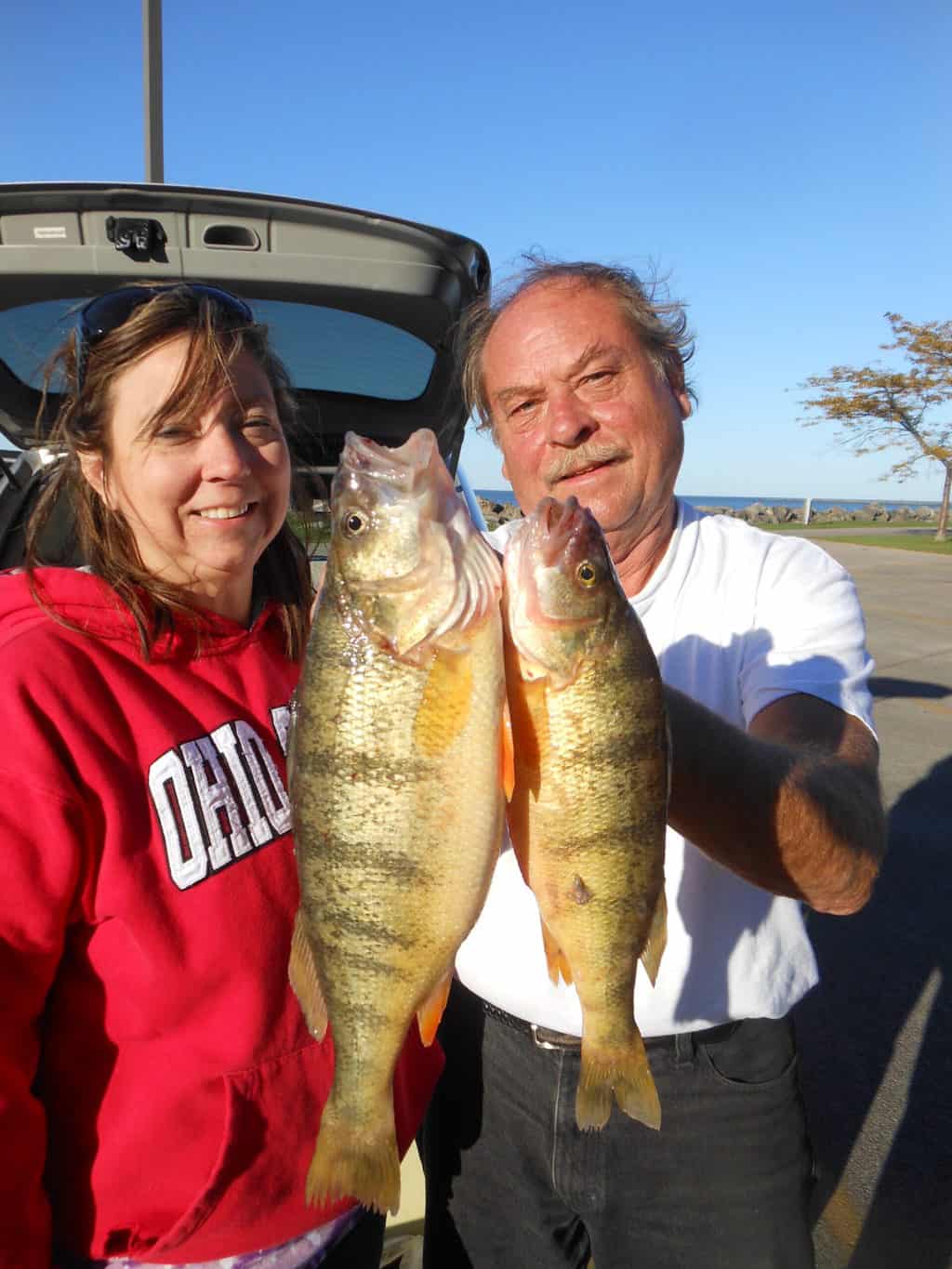
While the smaller perch feed primarily on insects and crustaceans, the big yellow perch you really want to catch love nothing better than a meal-sized minnow or cut bait.
Often the best minnow or cut baits to use are those that live in the water where you are fishing, because that’s what the perch are already eating.
One note here is that live fish aren’t always legal baits, so check the regulations where you will fish to be sure it’s allowed. In some waters or entire states, live fish and other aquatic creatures aren’t permitted because their use can result in invasive species.
Here are some great examples of using fish as bait to catch yellow perch.
Live Minnows and Other Swimmers
Various types of shiners, freshwater shad, and other small fish are incredibly effective yellow perch baits when fished live right near the bottom.
While many perch anglers prefer small minnows, Janowich likes to fish minnows in the 2- or even 3-inch size range. While that seems big for perches’ small mouths, perch love a nice meal and larger perch will be drawn to larger baits.
In fact, Janowich caught the 14.5-inch jumbo perch pictured above on a 3-inch emerald shiner. It was certified as an “outstanding catch” in Ohio and “fought like a northern pike,” he said.
If smaller 1-inch baits are all you can get, they will work well but also will result in catching some small yellow perch, but bigger ones also will take it.
The following are some minnow and other aquatic baits that might work well, given their availability and legality where you are fishing. Other local options may also be effective.
Shiners
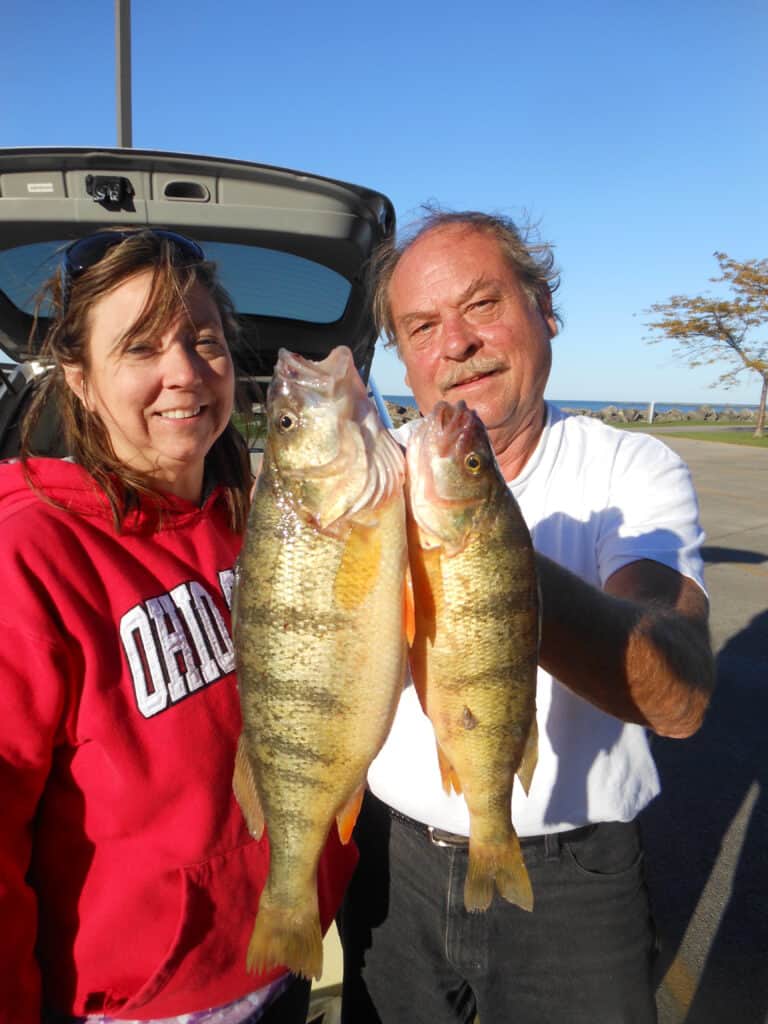
This is a common family of minnows with hundreds of types, and they are among the best live bait you can get.
For example, emerald and spottail shiners are native to the Great Lakes, where shiners are Janowich’s first choice for perch bait. Emerald shiners are more common, but those spot-tails can be excellent if you can find them.
Shiner numbers are down in some areas of the Great Lakes, so catching them can be more difficult.
Bait shops also will sell other small bait fish, such as golden shiners and fathead minnows. Minnow prices at bait stores have gone up in recent years, but they are still worth seeking out, Janowich said.
Dead minnows, including commercially brined or home-salted varieties, aren’t as good as the live variety and at times can be mushy, but these still can be among the best bait alternatives if live minnows aren’t available, Janowich added.
Shad (various types)
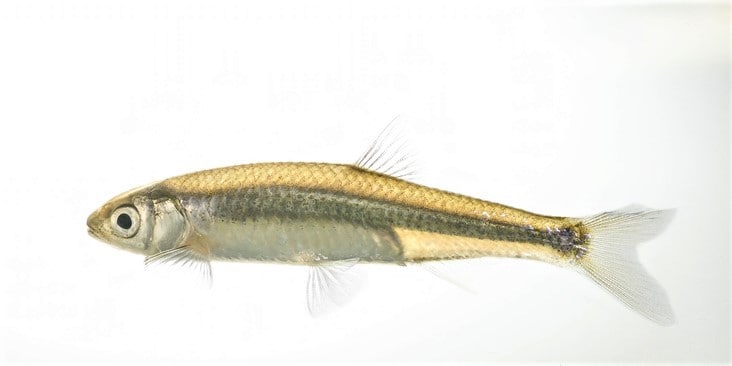
Depending on where you are, there may be some freshwater shad available. Gizzard shad are fairly common in the Upper Midwest, and thread fin shad are another variety that might be available where you are.
Herring
These are in the same big family as shad and are similarly effective bait where you can obtain them.
Mosquito fish
Often can be caught in shallow water in lakes and ponds, or might be sold locally.
Suckers
There are a wide variety of suckers across the U.S., and if they co-exist with yellow perch, the small ones will be on the perch’s menu.
Gobies
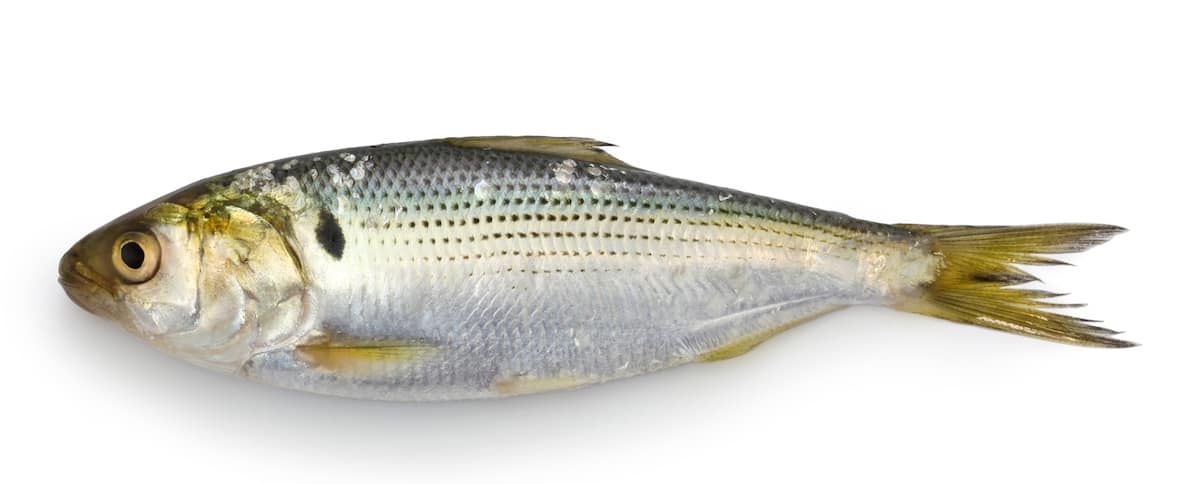
These are destructive invasive species in many waters including the Great Lakes. Turn the tables when you catch one and turn them into bait.
Crayfish
Live or dead, the soft-shelled ones are especially good perch bait.
Tadpoles
Or pollywogs or whatever you call them, the larval stage of amphibians (often frogs) make excellent bait fished live. They can be found and netted in abundance at certain times of the year, often in the spring.
Freshwater Eels
Smaller eels are excellent perch baits, if you can get them. They are favorite forage for finny fishes and also have lots of action like leeches or lively worms.
Cut Baits
The above types of fish can be used dead, either whole or as cut baits.
Simply fillet larger fish and cut them into about 1-inch long strips of about a quarter inch wide, keeping the skin on to help hold your bait to the hook.
Generally speaking, the best cut baits use fish that are available in the waters where you are fishing.
Some cut bait types to consider include:
Yellow Perch
That’s right. Yellow perch are cannibals and will eat their own. Use the first one (or maybe the first smaller one) for bait to catch more in its own school.
Catch that first perch, especially a smaller one you don’t mind sacrificing, and fillet it out. Cut the fillet into strips that are 1 inch long and about a quarter inch wide, in a pennant shape and rig it up to your hook.
Other types of fish fillets also will often work.
Bluegill
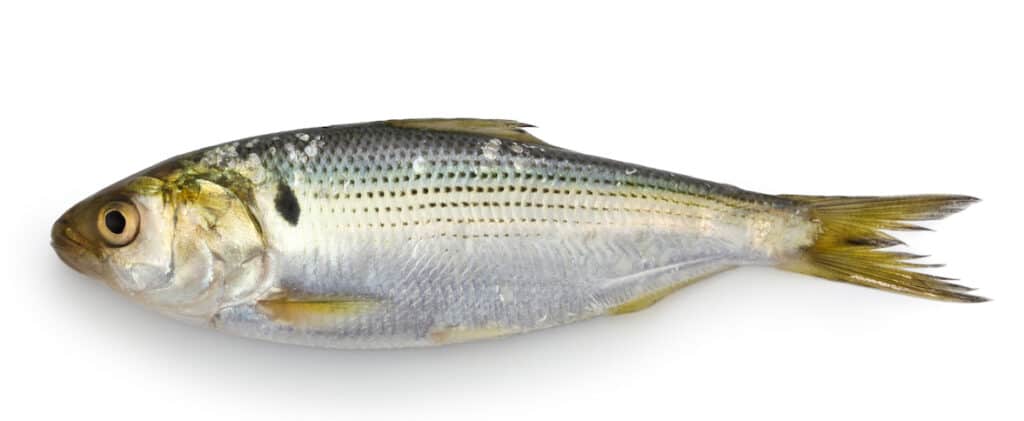
These panfish may be fished as cut baits as described for perch, or if you can catch them small enough, they also can be great live baits for perch.
Bluegill have a naturally sweet meat, and as we’ll discuss more further down in this article, perch love sweets. (Woe is the life of a bluegill, as the bigger ones not only are good eating for humans but make excellent bait for larger fish including giant flathead catfish.)
Crappie
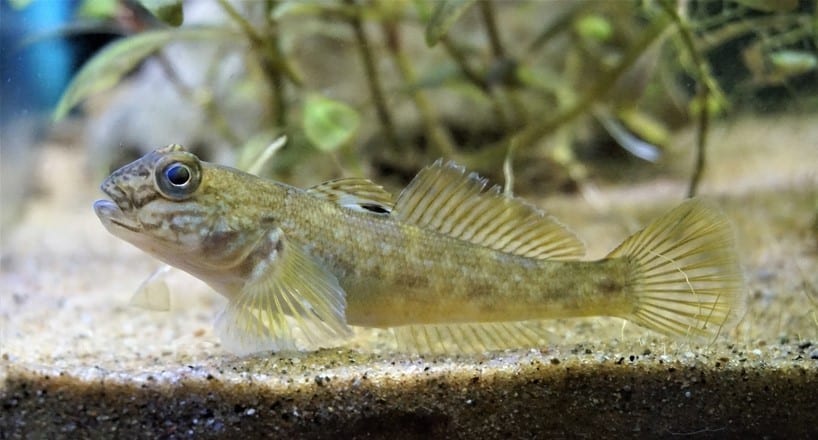
Considered in a similar orbit with yellow perch for their fine eating, crappie cut baits (or very small live crappie) are also a favorite on the perch diet.
White Bass
These are usually larger than yellow perch, but they can be used both for cut baits or, if you catch a very small one, as a live bait for perch.
White Perch
These are often predators of yellow perch, but if you catch a smaller one you can turn the tide and turn it into cut bait or use as a live bait.
Steelhead and Other Trout
While steelhead and their trout cousins are generally too large to use whole, they can be used as cut baits, including using the intestines, fins and eyes (see more on those below).
Fish Tails
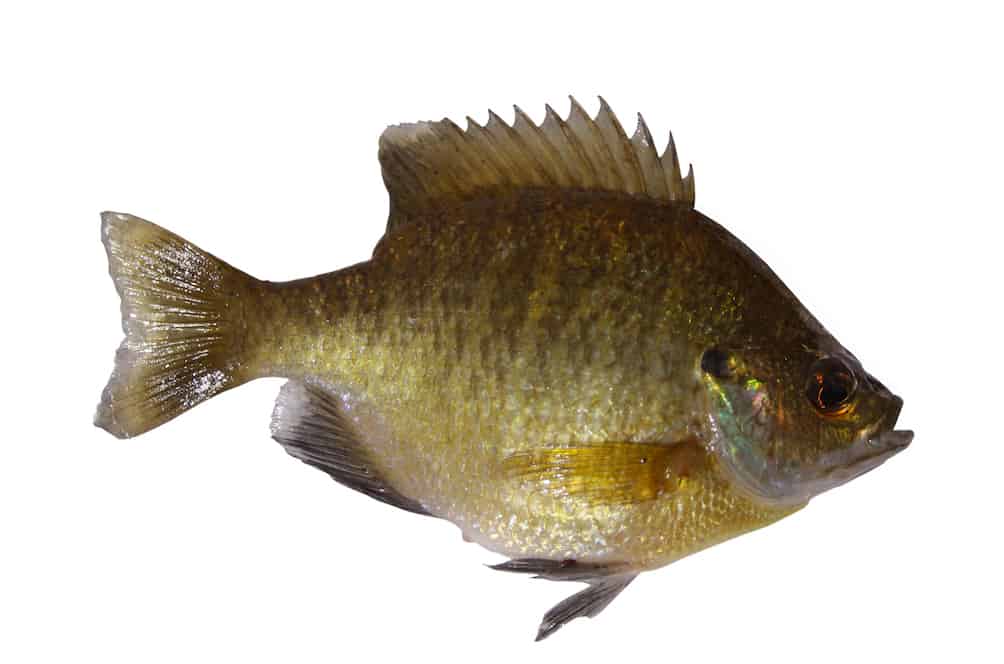
That’s right, if you want your bait to look like a fish, start with a fish fin.
Simply cut off a piece of the tail fin, hook it up and drop it down to where the perch are. They’ll pretty much fight to get to it first. And that’s no fish tale (but it is a fish tail).
Yellow perch and some of the other species mentioned above work great for this.
Fish Intestines
“This is an old Canadian charter technique. Catch a fish, cut it open, cut out the intestine, cut it into 3 inch strips and attach to your hook. They last forever and are an excellent bait for all kind of fis,” Janowich said. We’ll take his word for it!
Fish Eyes
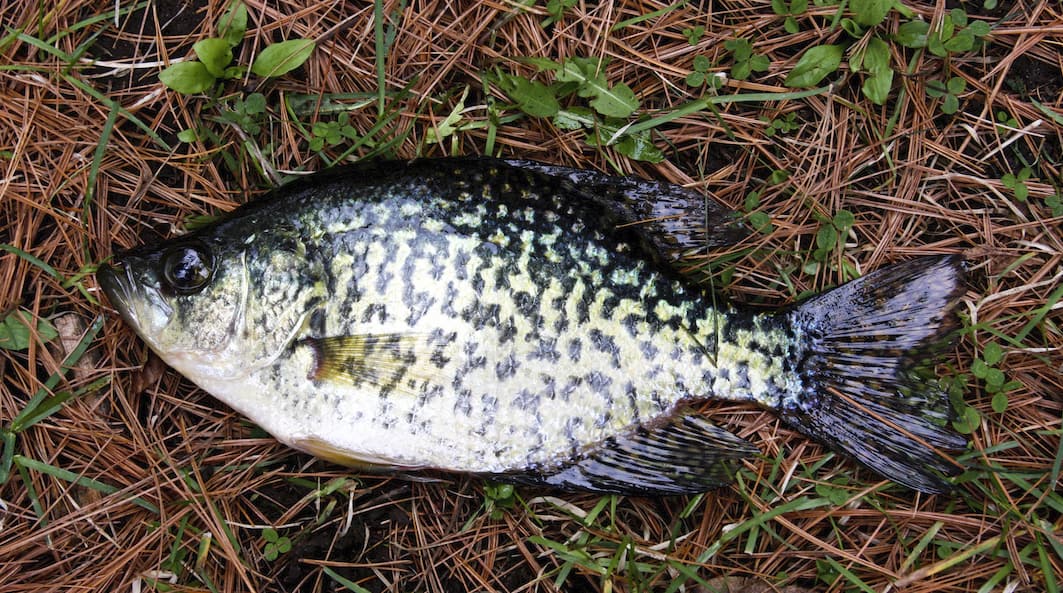
Fish eyes, and especially perch eyes, are a tasty offering if you’re a perch.
“Best thing is they’re free and present a ‘good-looking’ choice (sorry, couldn’t resist),” Janowich said.
Worms, Larvae and Other Crawlers
This category covers all sorts of critters in the worm and insect families that fish find irresistible.
Earthworms
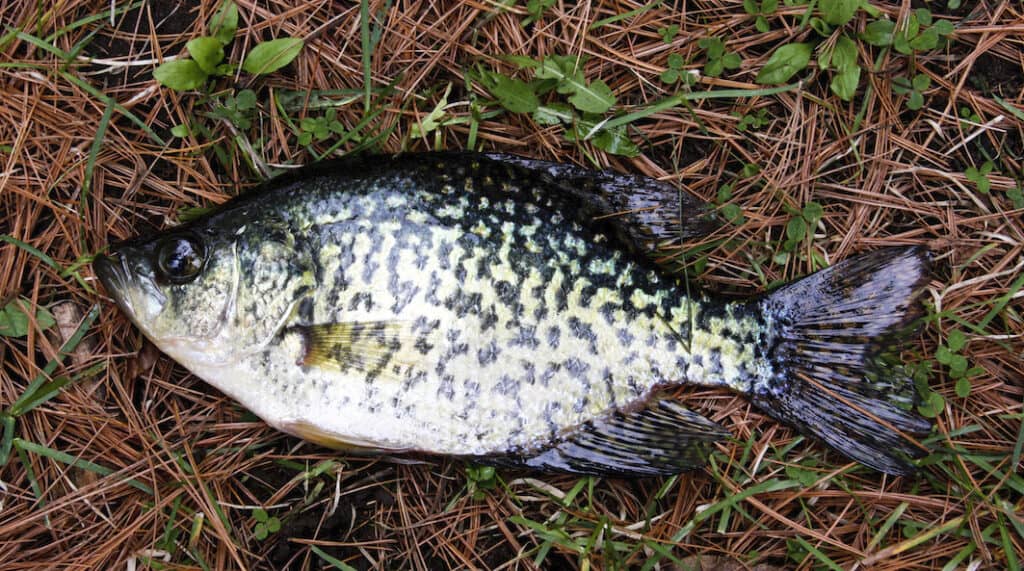
The old reliable worm is among the top baits for yellow perch. For one, they simply work. Also, it’s hard to beat their availability, whether from your garden or the bait shop, they are easy to get for a day of fishing.
Nightcrawlers
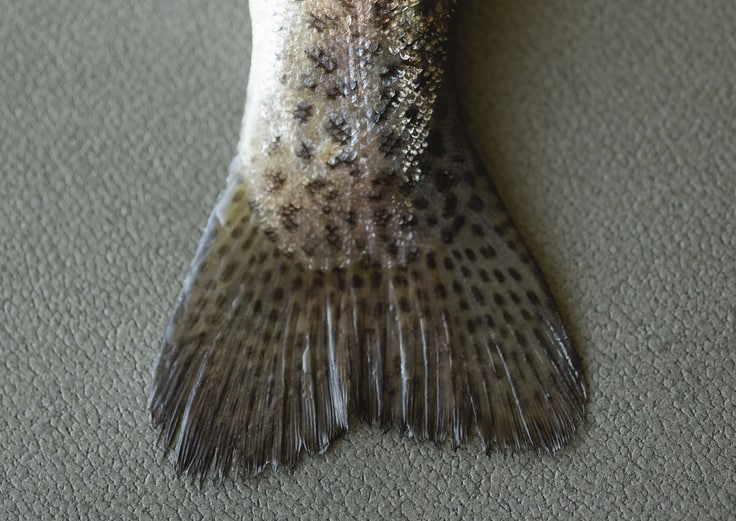
Buy them at the store or, in some areas, catch them sticking out of their holes at night or hiding out under a piece of wood.
Also known as Canadian nightcrawlers, lob worms and dew worms, these are a premium bait for perch and other game fish.
They can be used whole or cut into pieces, depending on your needs.
There also are African and European nightcrawlers primarily available by purchasing, but the more common North American version is all you really need.
Red worms
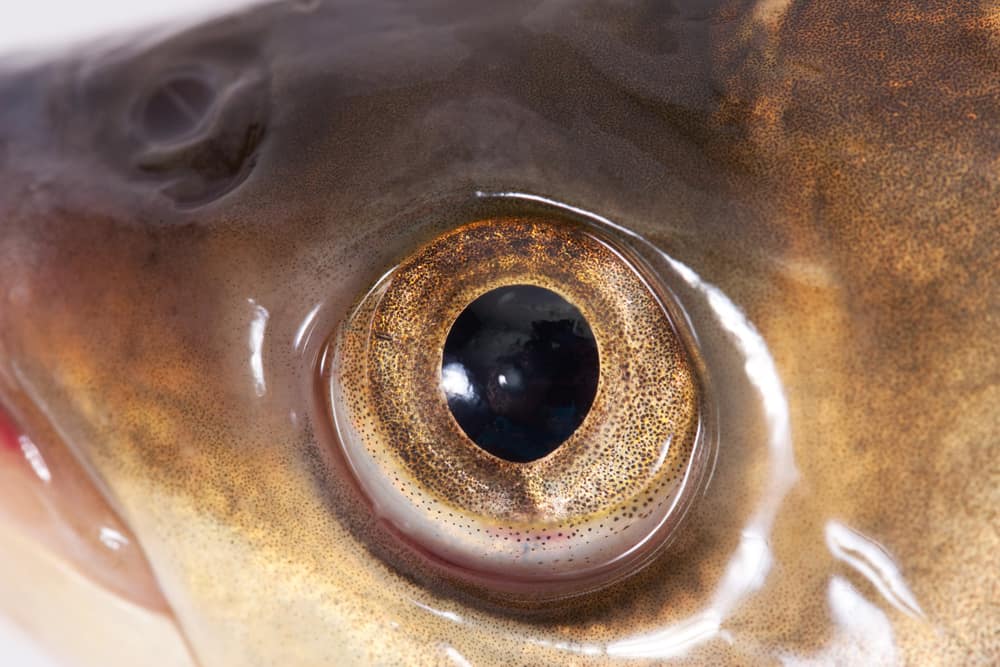
Have a garden compost bin? You probably have these small worms, also known as red wigglers. You also can purchase them directly for bait or to start a colony.
They are a little challenging to hook up, but their active wiggling on the hook is nearly impossible for a perch to pass up.
Garden Worms
Whatever you can dig up in the yard or find under a rock at the lake will probably get the job done.
Some types don’t hold on a hook as well as others.
Larval Baits
Mealworms
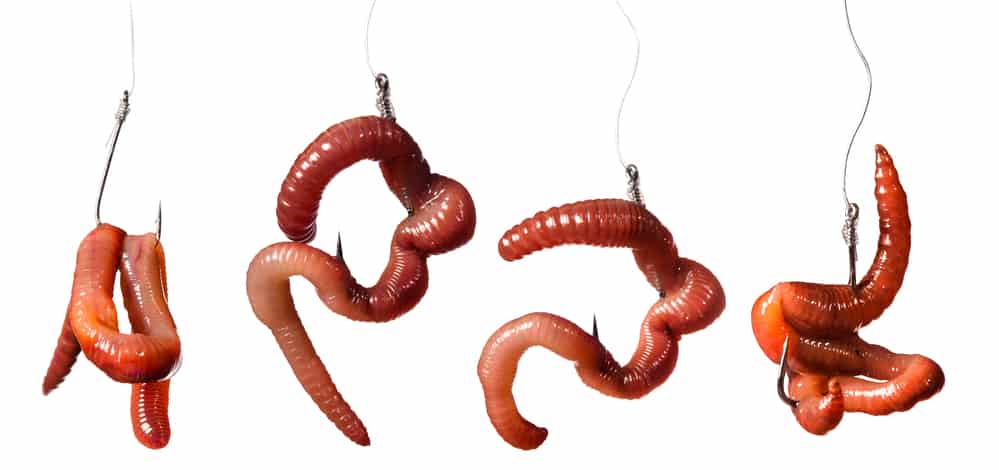
These yellow critters are beetle larvae and make excellent perch, panfish and even trout bait.
You likely can buy them at a bait shop or pet store (they are sold as food for reptiles, aquarium fish and other pets). They also are fairly easy to raise at home, as I used to do. (Pro tip: the beetles are escape artists, so make sure you have a secure container.)
You’ll use smaller hooks with mealworms than you will with some baits, due to their size.
Waxworms
These are the larvae of a wax moth. Like mealworms, look for them both in bait and pet shops.
Ice fishermen often tip their lure hooks with these or similar live baits for added attraction.
Maggots
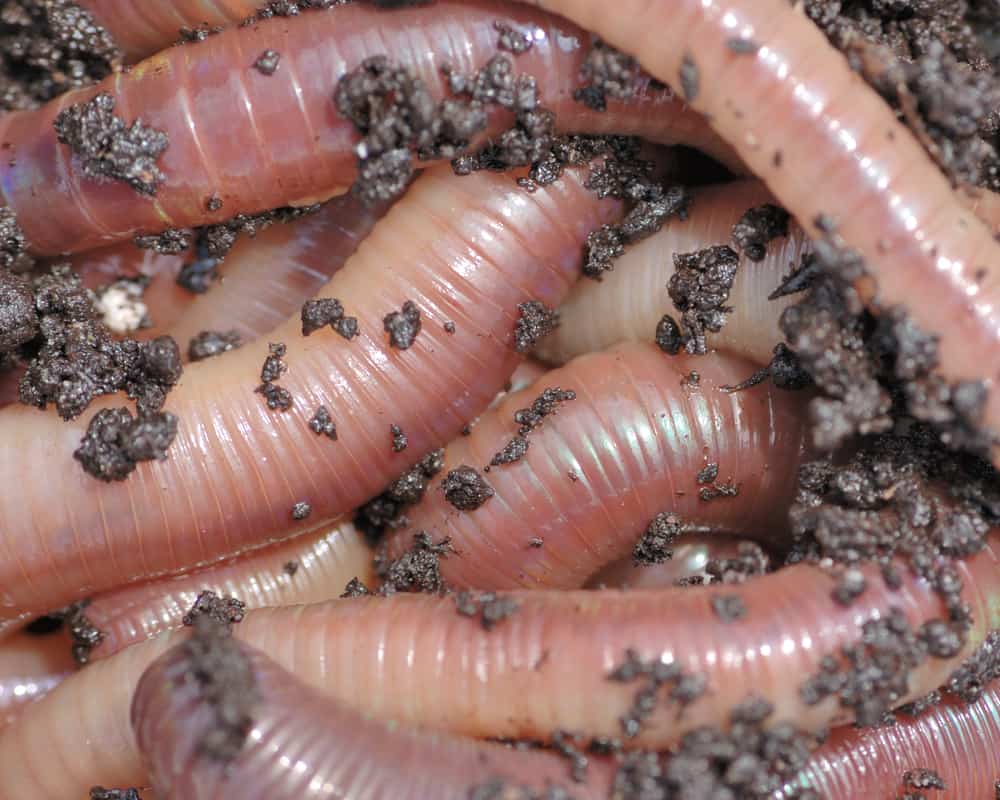
Yes, those larvae of the pesky house fly or similar insects. Bait suppliers will carry them in some areas because they are excellent for perch and several other types of game fish, from panfish to kokanee salmon.
Squats and pinkies are generally smaller maggots from other fly species and also work for perch bait. The “caster” form of a maggot, one that is turning into a pupae, also will do the job.
Leeches
These relatives of the earthworm come many species of their own, but leeches can be broadly categorized by blood-sucking and non-blood-sucking.
If you have a choice at the bait shop or while catching your own, Janowich highly recommends the non-bloodsucking variety, and not just because you don’t want them turning the tables and making you the bait.
The non-bloodsuckers feed on lots of things perch eat, which provides a more appetizing scent from the leech.
Janowich likes to hook them right on the sucker end to allow the rest of the leech to wriggle and writhe freely in the water. Perch won’t resist it.
Grasshoppers
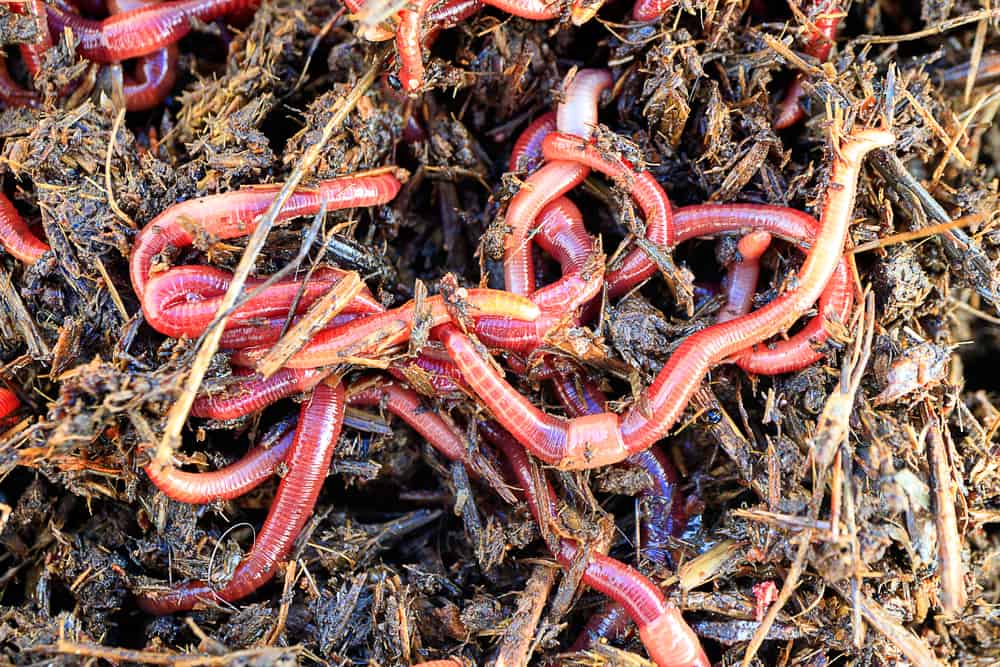
Switching to baits found on land, grasshoppers are fantastic baits for perch as well as bluegill, trout and other fish that commonly eat insects.
Once the hoppers come out each year, they should be easy to net in grassy fields and similar areas.
On the hook, they wiggle enticingly, and perch can’t resist.
Crickets
Fish them like a grasshopper, with very similar results.
Compared to grasshoppers, crickets are more likely to be sold in bait shops and pet stores and might be available for longer periods.
But they are a little softer on the hook.
Imitation Baits
This section is about artificial baits made to look much like the real thing, and there are lots of options here because yellow perch will bite plenty of different things.
While purists like Janowich will nearly always stick with the real thing (and the real thing really works), imitation baits have their place.
Some anglers simply don’t want to fuss with live baits or baits that will spoil quickly. Having a jar or plastic bag full of artificial bait already in your tackle box has its appeal.
Note that I’m most experienced with the Berkley line of imitation baits, but try out the ones that work for you.
Artificial Minnows
Hate messing with the real thing … or have trouble finding them to catch or buy?
Artificial minnows along the lines of Berkley’s Gulp! minnows will often do the job, even if not quite as well as an actual live minnow.
We’ve seen some ads for products such as Magic Emerald Shine Minnows that might work similarly.
Artificial Worms
Berkley has a variety of products that fall under the category of fake worms, including PowerBait and Gulp! lines of earthworms, nightcrawlers and angle worms in natural colors as well as some brightly hued options among artificials.
But you certainly don’t have to limit yourself to Berkley products, especially in this category, as lots of companies make soft plastics in worm form.
Try scented artificial worms for increased catches.
Artificial Mealworms
Berkley’s Power Honey Worm is a good imitation bait closely resembling a mealworm, if you like to fish with smaller baits but can’t get the real wiggly kind.
Artificial Maggots
Grossed out by real maggots? Or maybe just don’t have them handy? A jar of Berkley Gulp! maggots can fill that need.
These are a very small bait and often used to tip the hook on a small lure such as spoon, spinner or jig for yellow perch as well as other game fish (including kokanee salmon where I live).
You’ll find some cheaper brands online as well, but we don’t have experience with them.
Artificial Waxworms
Not everyone makes this type as they are somewhat similar to mealworm and maggot baits, but Lunkerhunt has a few varieties that are available through various retailers.
Crappie Nibbles
These tiny pre-formed dough baits work great on the tips of lures.
How do we know? When we’re crappie fishing and put these on the tip of the jig hook, if there are yellow perch in the neighborhood, they won’t stay off the hook.
Even if you’re only after perch, try tipping the hook of a small jig with a Crappie Nibble and fishing it in schools of perch.
A few other companies make similar products as well.
From the Grocery Store
These fishing baits aren’t really intended as such, but they definitely will catch yellow perch. Fresh out of worms or minnows? Stop by the supermarket on your way to the lake.
Meat and Seafood
Hot Dogs
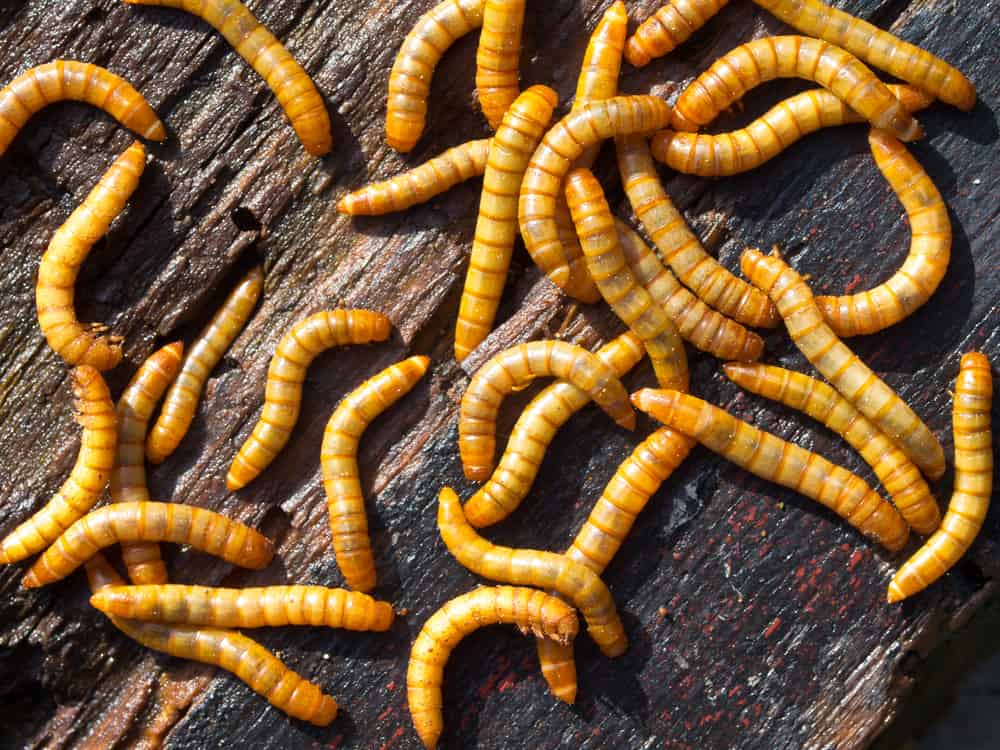
That’s right, “tube steaks” aren’t just for baseball games and campfires. Hot dogs will catch yellow perch in addition to some other game fish (catfish, anyone?). Tear or cut them into bait-sized pieces.
Some anglers suggest that the beef hot dogs, while popular at the ol’ ballgame, are less attractive to perch than those made of chicken or turkey, Janowich said.
Also consider, “smokeys” type of franks are tougher on the hook and produce even more oily scent to attract fish.
Bacon
It’s not just what brings you to breakfast, it’ll bring perch to your fishing hook. Use pieces of bacon raw for best results, as the oily scent it sends out will get the sleepiest perch up and at ‘em. It also will stay put on your hook longer.
Chicken Liver
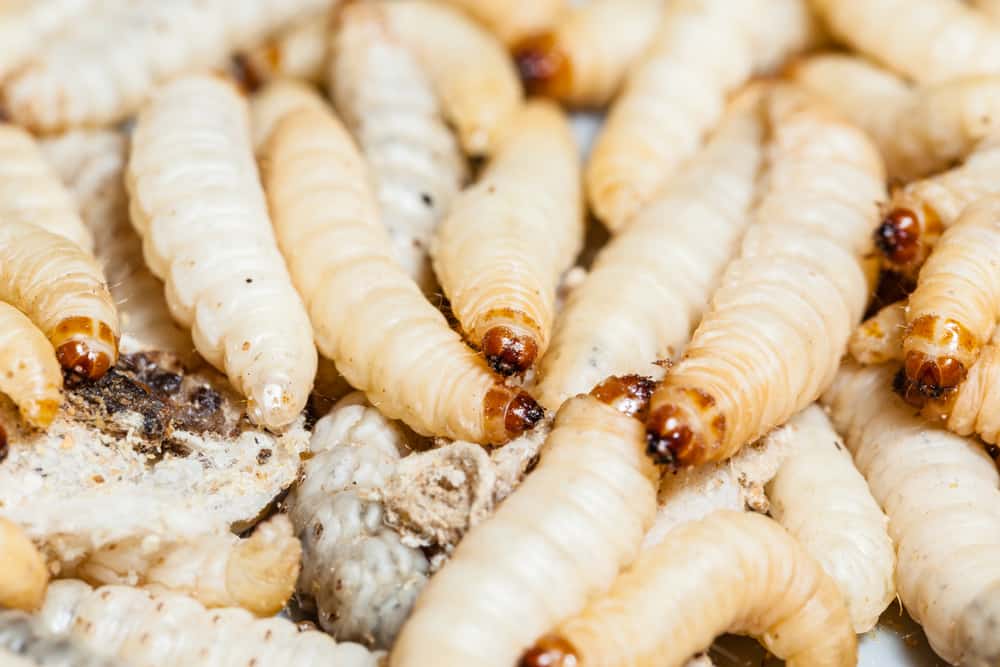
These little organ meats are sold both in grocery stores and some bait shops. Yes, they are often thought of as catfish bait, but their scent will bring in the perch and other types of fish as well.
Shrimp and Prawns
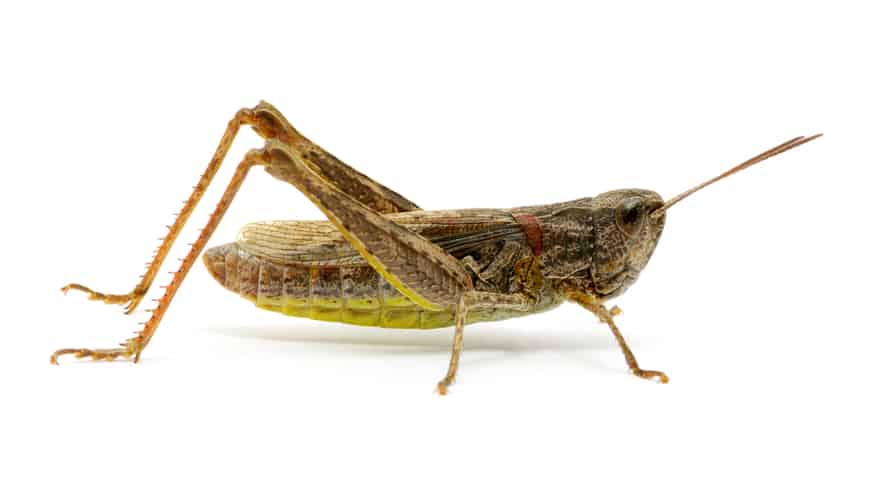
Though typically saltwater species are sold for human consumption, shrimp and prawns are excellent bait for quite a few freshwater fish, including perch.
Cut them into fish-sized pieces, but leave the shell unpeeled when possible, as they’ll stay on the hook better if stabbed through the tough shell.
Anchovies
If you think of anchovies only as a pizza topping or perhaps as bait for larger fish like catfish and salmon, you might be missing the boat. Or at least the perch.
Cut these oily saltwater baitfish into pieces and the perch will lining up for a salty bite.
Sardines
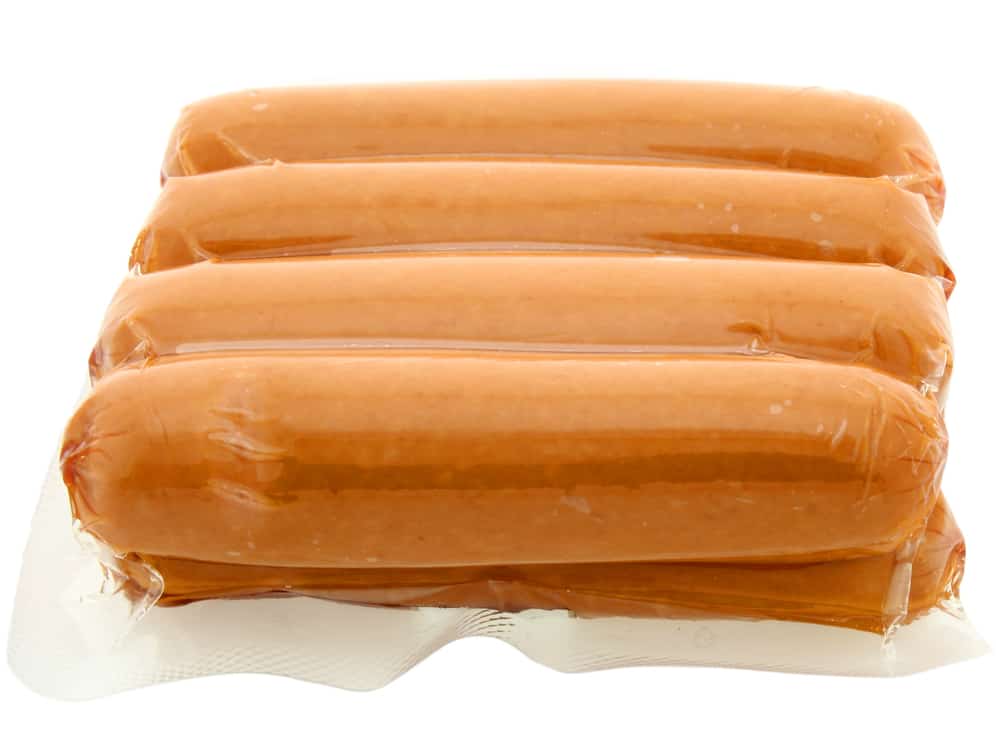
You know those jokes about being packed together like sardines?
Well, these oily fish sold in tins have tons fish-attracting scent that a school of yellow perch won’t ignore. These are typically labeled Pacific wild caught.
On Other Store Aisles
Candy
That’s right, just like me, perch have a sweet tooth.
While it won’t last long if you hook a Hershey’s chocolate bar square on your hook, look for chewier textures that are more likely to last in the water.
Our suggestion: Try a candy gummy bear or other shape and you’re likely to land some sweet-loving perch. Heck, there are even gummy worms, so it was made to be!
Chewing Gum
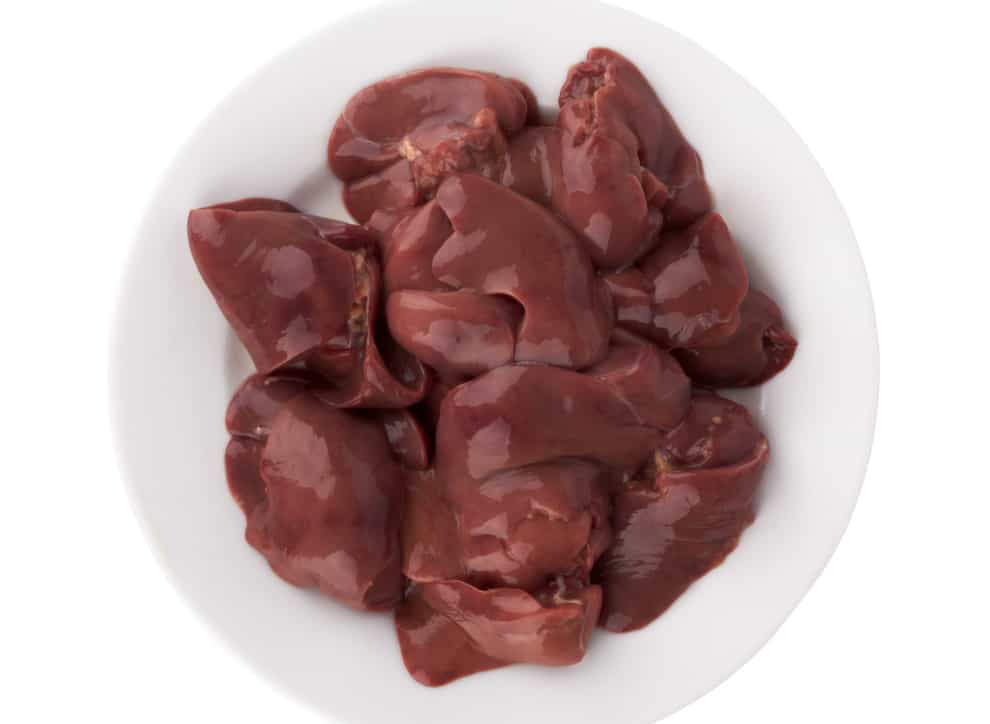
What’s even tougher than a gummy candy? How about chewing gum.
Janowich suggests you chew the gum yourself just a minute to get it the right consistency, but leave most of the flavor in the gum before hooking on a piece.
The sweetness will attract the fish, and the rubbery texture will help keep it on your hook.
Golden Raisins
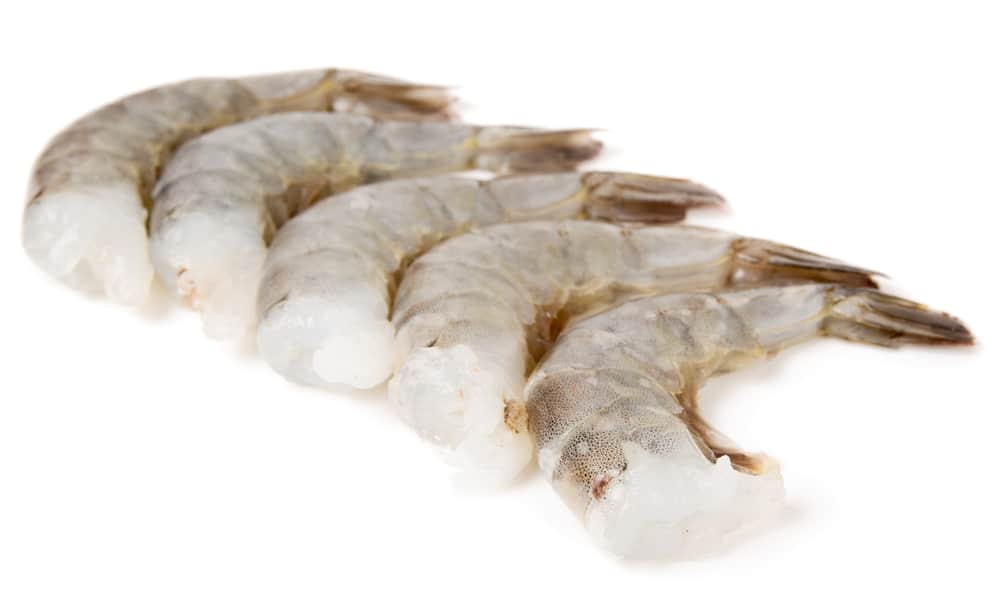
The light-colored types come in various colors and will catch the fish’s attention better than your standard black raisins.
Hook them in place and they will swell up a bit on the hook while releasing a sweet scent that appeals to perch.
Sweet Corn
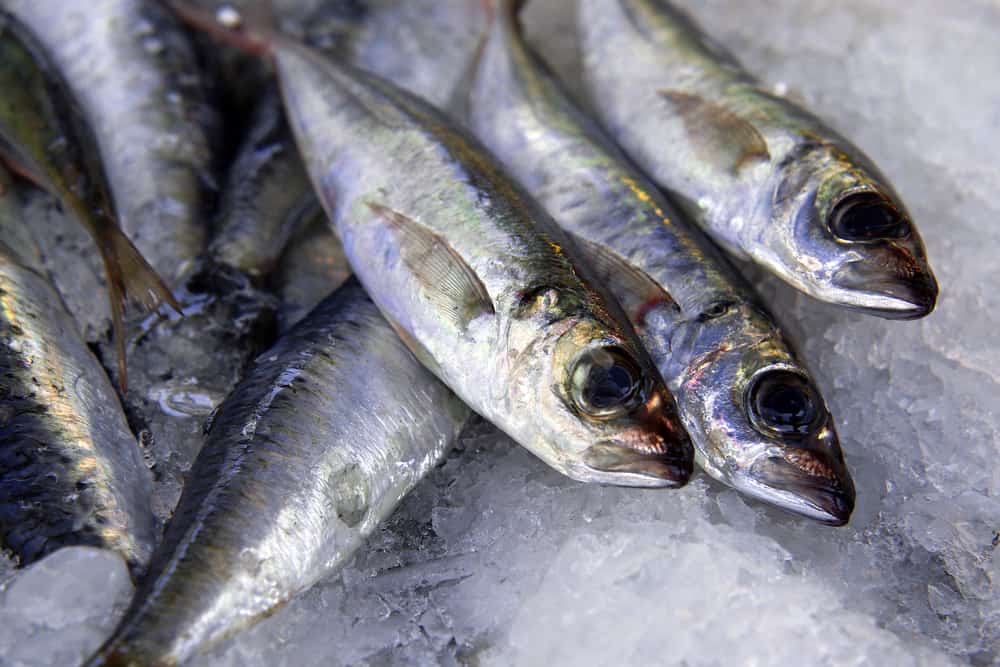
Buy a small can of sweet corn. The kernels are sweet, brightly colored and tough enough to stay on the hook while attracting yellow perch.
Garlic
Not a sweet or a meat, but garlic is strongly scented and for whatever reason, fish like it. Why do you think so many artificial baits are scented with it? Try the real thing if you run out of your favorite standard bait.
The Weird
Shoe Laces
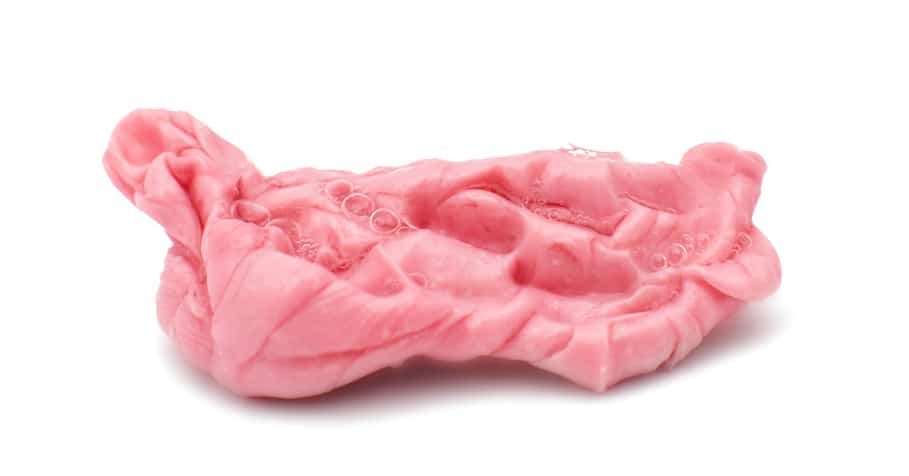
Uh-huh. You’ll have to cut them up, but make them look like a worm or a leech on the hook and suddenly a day on the boat when you left the bait at home is a day you’ll probably catch a perch or two.
And it really only has to work once, because you’ve already learned that fish fillets, guts and even eyes of that first catch will bring fish to your hook.
Rawhide
Even better than your typical shoe laces is rawhide, like the ones you tie up your boots with or other types of rawhide.
Strips of rawhide not only look like a tasty worm or eel, rawhide won’t rip off your hook easily. So, cowboy up and catch some perch!
Cigarette Butts
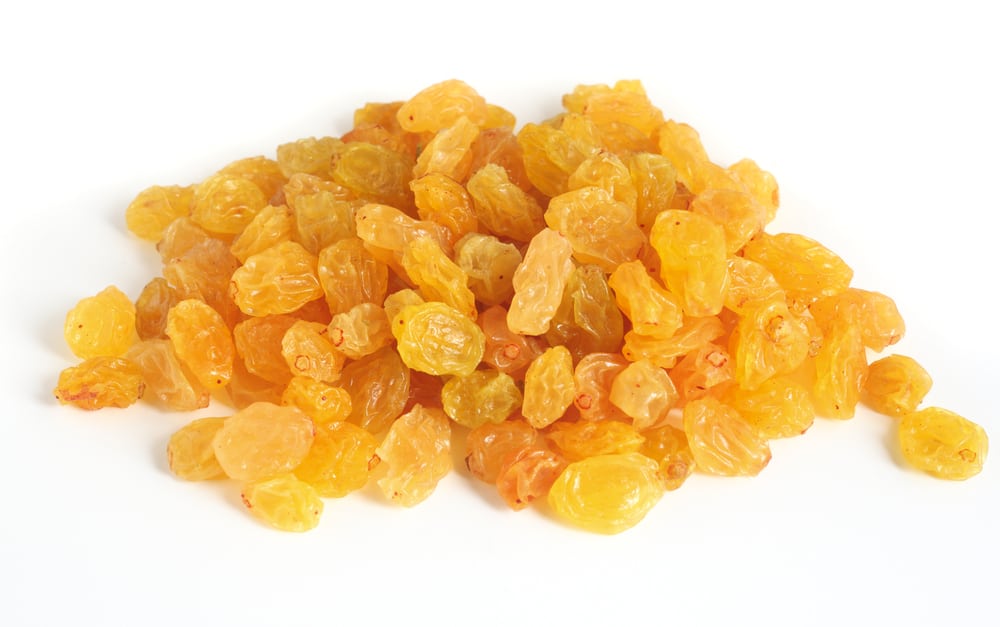
This is the first time on this website that we’ve suggested anglers hook on a piece of trash, but you’d be amazed at how well it can work at times. And they really stay on the hook.
“They stay on the hook for a long time and have been known to produce large quantities of perch,” Janowich told us. “I learned this trick by accident while on a fishing trip to Georgian Bay in Canada. For giggles, I baited one on a hook in shallow, weedy water and the perch went crazy.”
Acknowledgements
Northern Ohio resident Bill Janowich contributed many of the yellow perch fishing bait ideas in this article. Janowich is a life-long perch fisherman and has developed a perch-fishing kit he sells online at catchperch.com.
Do you have a favorite yellow perch bait we haven’t covered in this article? Leaving a comment below gives us the permission to add it to this article and/or publish it elsewhere. Comments must be approved. Leave a name as you would like it to be published and an email we can use to contact you if necessary. Your email address won’t ever be published.








































